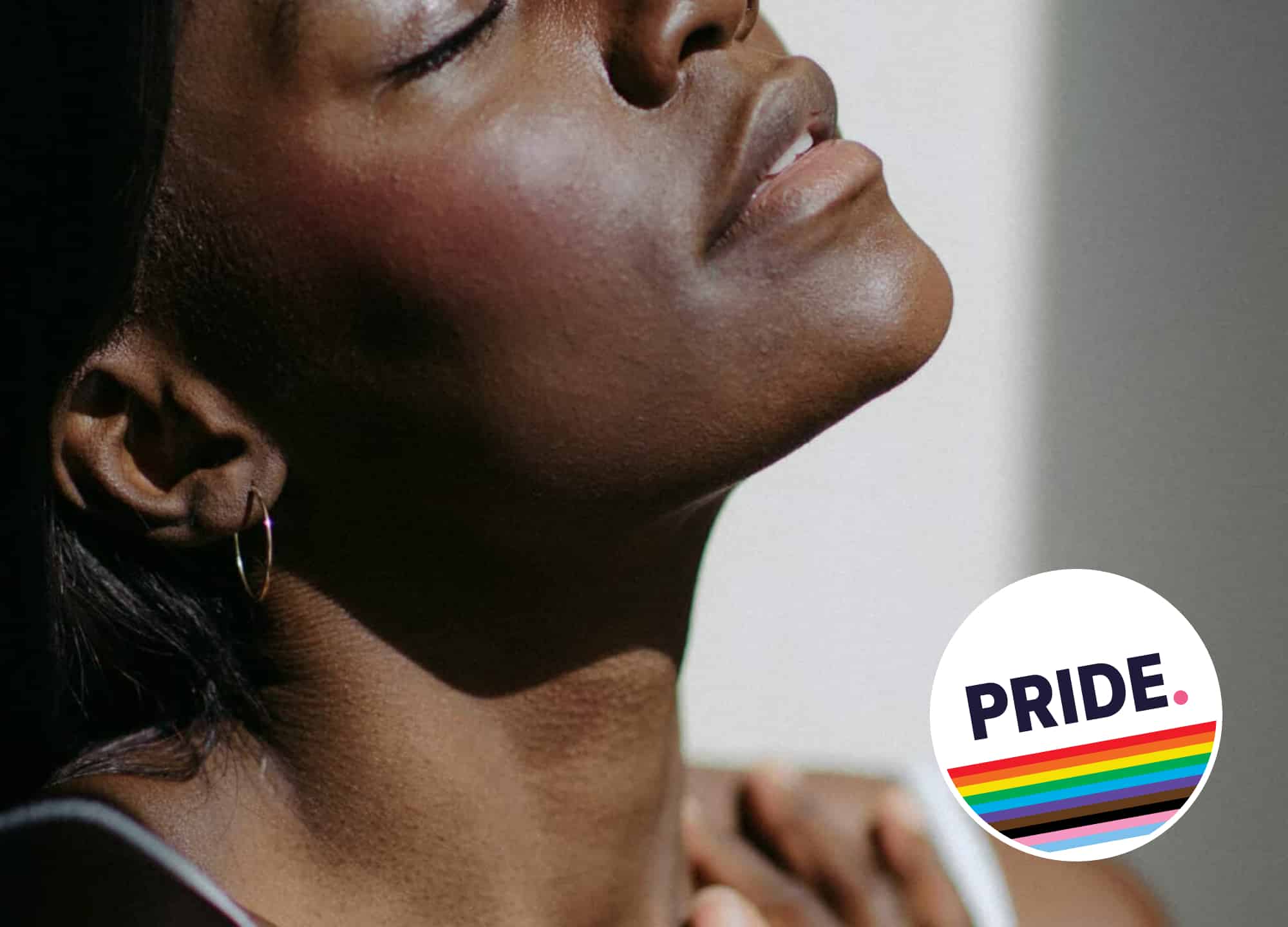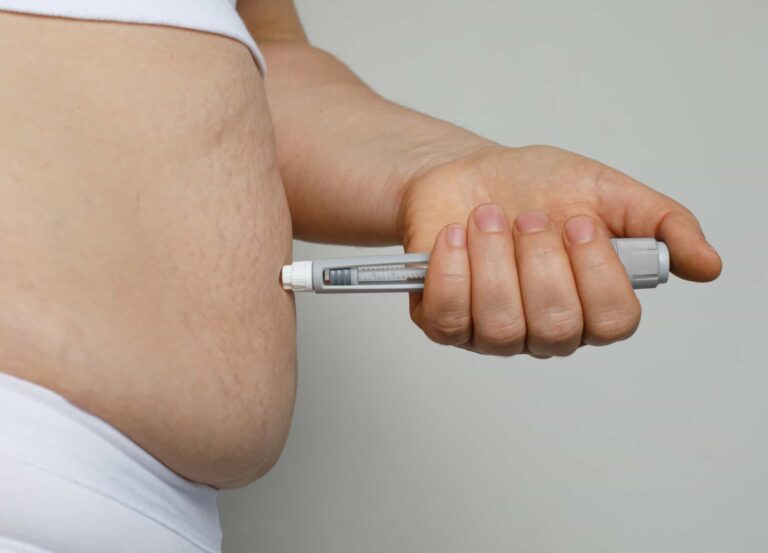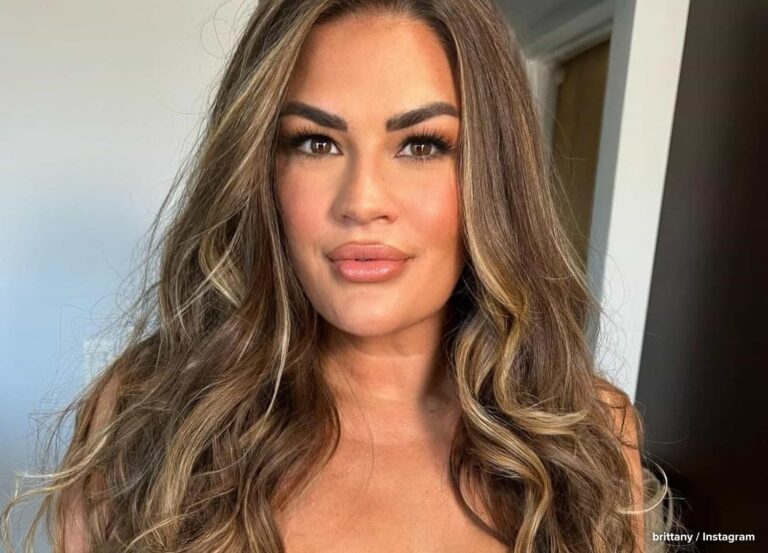RealSelf is proud to support and stand with the LGBTQIA+ community year-round. Our platform is an unbiased resource for everyone—regardless of age, ethnicity, sexual orientation, or gender identity.
To celebrate Pride, we’re elevating stories of strength, truth, and transformation from LGBTQIA+ influencers, activists, and community members, plus highlighting leaders in the field of gender confirmation surgery and hormone replacement therapy.
Michaela is a 56-year-old trans woman and activist living in Minneapolis. She started seeing a therapist and went on hormones in her 50s, after decades spent suppressing her true gender identity, and decided to get vaginoplasty nearly two years ago. This is her story, as told to Alix Tunell, edited for length and clarity.
I started feeling like my gender identity didn’t match my body sometime in the mid-1970s—when I was in fifth or sixth grade. There wasn’t the language then to talk about it though, only the feeling of Something’s seriously wrong with me, because I shouldn’t feel this way. The closest you ever got to any representation of the trans community was in the form of jokes, like “That’s a guy in a dress” or whatever. There wasn’t positive representation out there.
I started exploring my gender more publicly around my mid-20s. At that time in my life, I was getting involved in the punk music scene, which seemed to be much more open to people expressing their individuality. It was easier to be this androgynous person—being questioned about whether I was a guy or girl was a world that was kind of fun to play around in. That and the sci-fi/fantasy fandom community were very accepting of people being who they are, and that’s where I existed.
Around 1990, I actually had a therapist tell me that I wasn’t trans because I wasn’t attracted to guys and I “didn’t hate my junk.” At that time, I felt like, if a medical professional told me that, it had to be true—so I just shut off exploring that world for decades and lived my life as I saw myself. For the past 30 years, I’ve been relatively open with friends and partners about wearing women’s clothing in private.
I’ve been married for 18 years now, and as the years went by, I would find myself coming home from work and immediately changing out of my work clothes and into something more gender-appropriate for me, and [my wife] just kind of watched my mental state deteriorate over my identity. It wasn’t until about 2015 or early 2016 that I took an online gender test. It’s a problematic, 80-question test, but the results made me relook at things. They told me that a partial transition and some therapy would probably do me good. I’d never heard of a partial transition, so I started researching and discovered that the University of Minnesota has multiple departments that deal with trans care. I contacted the university to get in to see a therapist in September 2016.
The support group I now run jokes about how I had the fastest transition ever, because I went from a gender dysphoria diagnosis in my second therapy session to being full-time [trans-identifying] in five days and wearing women’s clothes everywhere. My workplace was immediately accepting—I had no issues at all with that—and my happiness just skyrocketed. A couple of months later, I started hormone replacement therapy [HRT]. I did fairly well in breast development and my face and body shape changed substantially, so there was nothing I wanted to do [surgically] at the time, other than vaginoplasty.
Related: 7 Important Things to Know About Gender Confirmation Surgery
My gender confirmation surgery
There were actually two surgeries involved in the whole process. Initially, I had an orchiectomy because I knew I didn’t need my testicles anymore, and that allowed me to get off one of the medications my doctor had prescribed. I had the surgery on a Tuesday and was back at work on Friday. I went into it fearing it was going to be a really uncomfortable recovery because 25 years earlier I’d had a vasectomy and that was horrible, but the orchiectomy was no big deal. I knew immediately after that it had been the right choice for me. There’s this in-between ground when it comes to deciding whether to do the full surgery—you can get rid of the testicles, the hormone-producing bits, and see how that goes—but I knew I needed to do the vaginoplasty next.
The first time I saw my new vagina, I was still in the recovery room because I had to stay in the hospital for five days after. It was all swollen and not particularly attractive, but I cried. I might have my own aesthetic opinion on what I would have ideally liked the finished thing to look like, but you know what? It doesn’t really matter, at the end of the day. I was just like, Hey, I finally have a functioning vagina, and that made me really, really happy.
But the recovery from that was a much longer and more complicated process. You have to take care of all these new incisions and dilate three times a day so that your new vagina doesn’t close up. I was off work for a solid six weeks and then started back half-time for another couple of weeks. Now it’s been 19 months, and I’m fully healed.
I’m very open to talking about my experience and answering people’s questions. I want to share correct information [about gender confirmation surgery] because there is a lot of bad stuff on the internet from people who want trans people eliminated from public life. The biggest piece of advice I can give is to make sure that you’re doing it for you and not anyone else. If you’re doing this to make somebody else happy, you’re not going to be happy.
For the previous 54 years of my life, before I got the surgery, there was some part of my brain that was always focused on the equipment I was born with. I was always distracted by that. Now I can just be—it’s really liberating.











